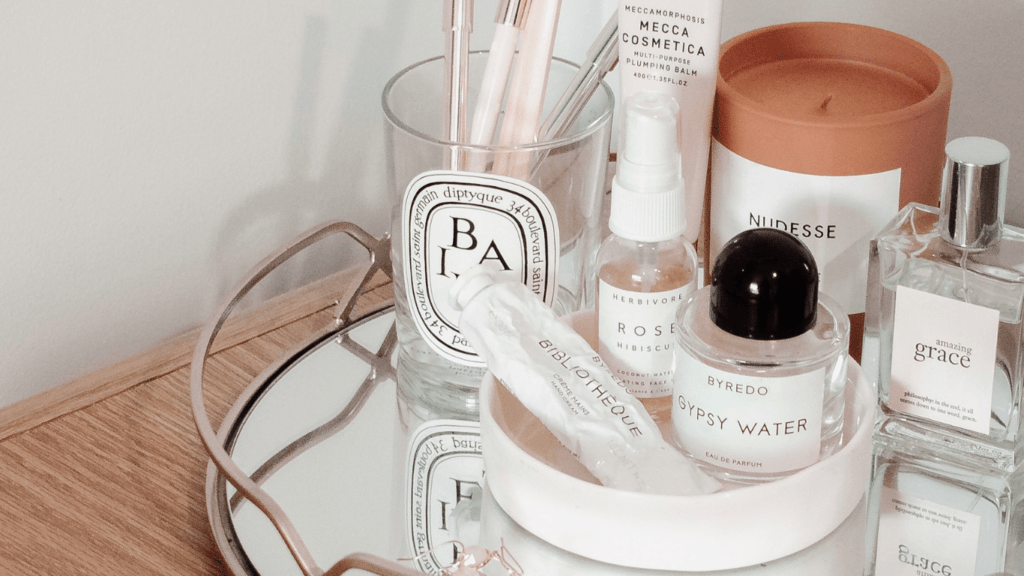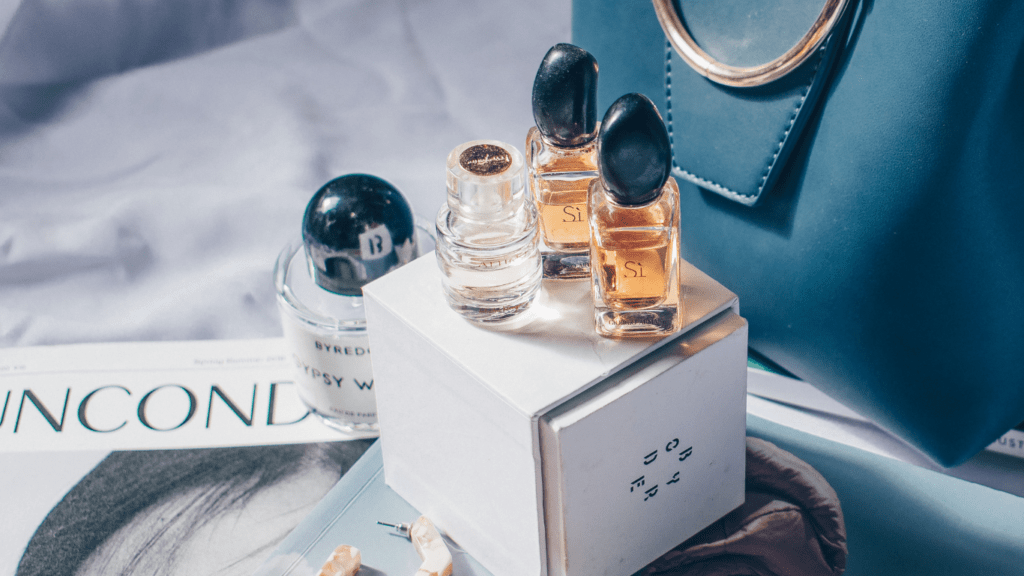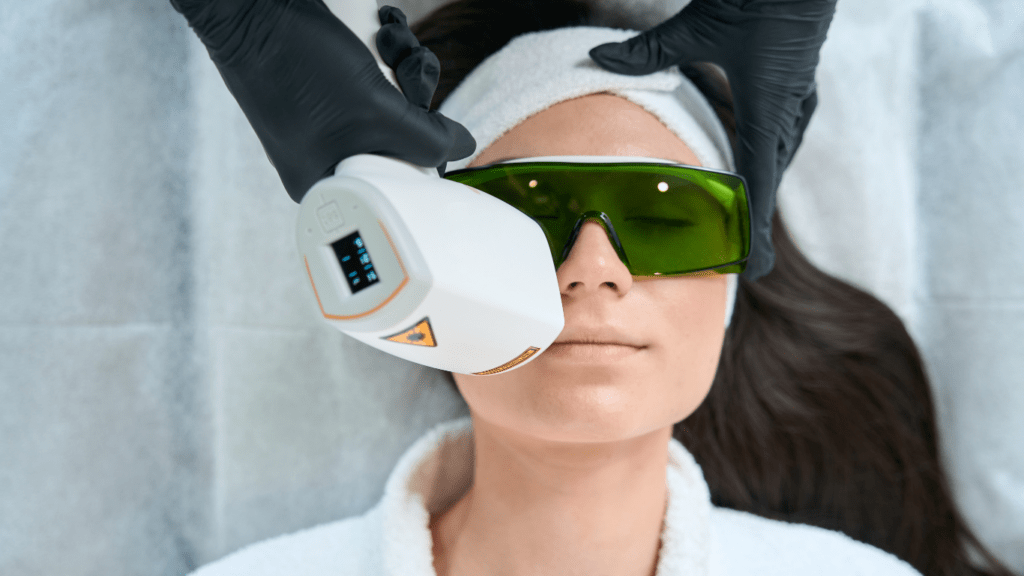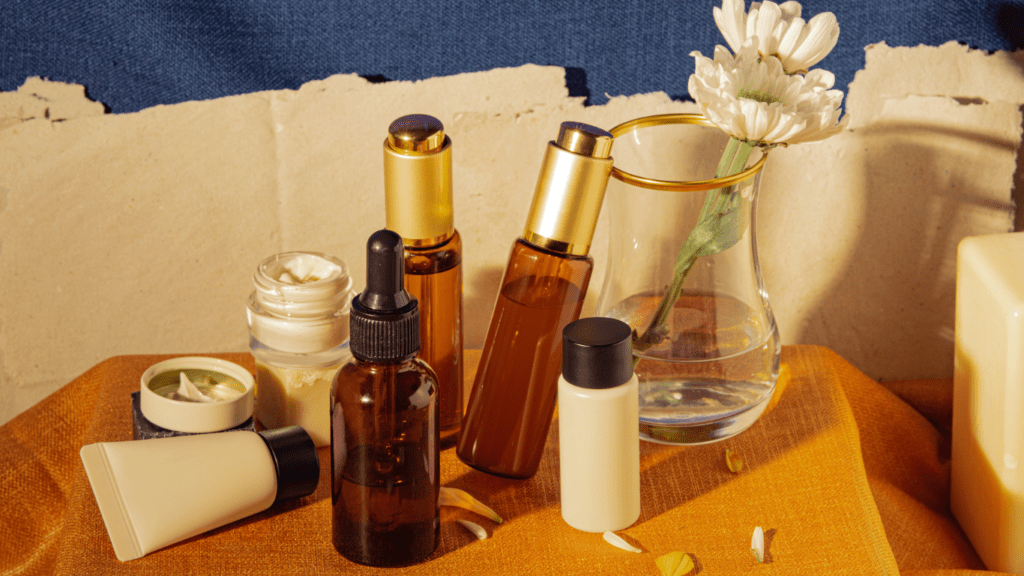Understanding Clean Beauty
Clean beauty products have surged in popularity as consumers prioritize health and sustainability. This section delves into the core concepts and advantages of clean beauty.
Definition and Principles
Clean beauty refers to skincare and cosmetics free from harmful ingredients. These products avoid parabens, sulfates, and synthetic fragrances. They prioritize natural, organic, and non-toxic components.
Brands commit to transparency, listing all ingredients on their labels. Ethical sourcing and eco-friendly packaging are also fundamental principles. Clean beauty aims to be safe for both humans and the environment.
Benefits of Clean Beauty
Clean beauty offers multiple benefits. First, it reduces exposure to toxic chemicals. For example, avoiding parabens decreases the risk of hormonal disruptions. Second, natural ingredients often provide skin-friendly properties.
Aloe vera and chamomile, for instance, are known for their soothing effects. Additionally, ethical practices ensure that products don’t harm animals or ecosystems. By choosing clean beauty, consumers contribute to a healthier planet and promote responsible industry practices.
Key Ingredients in Clean Beauty Products

Exploring key ingredients in clean beauty products reveals a preference for natural over synthetic components. Let’s delve deeper into some specifics.
Natural vs. Synthetic Ingredients
Clean beauty products often emphasize natural ingredients. Natural ingredients come from plant, mineral, and animal sources. Examples include essential oils, plant extracts, and minerals.
Synthetic ingredients are lab-created and may mimic natural components. The appeal of natural ingredients lies in their minimally processed nature, reducing the risk of exposure to harmful chemicals. Synthetic ingredients can sometimes offer enhanced performance or longer shelf life but might carry potential irritants or toxins.
Commonly Used Natural Ingredients
Several natural ingredients frequently appear in clean beauty products. Examples include:
- Aloe Vera: Known for its soothing and hydrating properties.
- Coconut Oil: Offers moisturizing and antimicrobial benefits.
- Shea Butter: Provides deep hydration and promotes skin healing.
- Green Tea Extract: Contains antioxidants to fight free radicals and reduce inflammation.
- Jojoba Oil: Balances oil production and acts as an effective moisturizer.
These ingredients highlight the focus on natural, beneficial components in clean beauty formulations.
Market Trends in Clean Beauty
Consumer interest in clean beauty products has surged dramatically. This surge can be attributed to a heightened awareness of ingredient safety and ecological impact.
Consumer Demand and Preferences
Consumers prioritize products that demonstrate transparency, sustainability, and ethical sourcing. They’re increasingly scrutinizing ingredient lists for harmful substances. Research shows a significant shift towards formulations without parabens, sulfates, and synthetic fragrances.
They seek certifications like USDA Organic and EWG Verified for assurance. An emphasis on cruelty-free testing and packaging sustainability further influences purchasing decisions. Examples include cruelty-free certifications and biodegradable packaging. The growth of online platforms has also enabled detailed product reviews and ingredient insights, empowering consumers.
Major Brands and Products
Well-known brands are leading the clean beauty market. Companies like Burt’s Bees, Honest Beauty, and Drunk Elephant have gained consumer trust. Burt’s Bees focuses on natural ingredients such as beeswax and honey, offering lip balms and skincare items.
Honest Beauty, co-founded by Jessica Alba, champions transparency and non-toxic ingredients in its skincare and makeup products. Drunk Elephant is renowned for avoiding the “Suspicious 6” ingredients: essential oils, drying alcohols, silicones, chemical sunscreens, fragrances/dyes, and SLS.
These brands, among others, cater to a wide audience, ensuring diversity in product offerings from moisturizers, cleansers, and makeup to targeted treatments like serums and masks.
Challenges and Controversies
While clean beauty products have gained popularity, some challenges and controversies remain. Various regulatory issues and mislabeling practices like greenwashing complicate the market.
Regulatory Issues
The clean beauty sector lacks standardized regulations. While organizations provide certifications like USDA Organic, not all products adhere to uniform standards. Regulatory frameworks vary by region, adding complexity. For example, Europe bans over 1,300 substances in cosmetics, while the US prohibits only about 30.
This inconsistency creates confusion for consumers trying to find genuinely clean products. Without stricter oversight, even products labeled “natural” can contain synthetic chemicals.
Mislabeling and Greenwashing
Mislabeling and greenwashing practices undermine consumer trust. Companies often use terms like “natural” or “eco-friendly” loosely to attract buyers. In reality, these products may still contain harmful ingredients. For instance, a 2020 study found that 48% of skincare products labeled “natural” contained synthetic fragrances.
Additionally, some brands emphasize eco-friendly packaging but overlook the sustainability of the ingredients themselves. This deceptive marketing makes it challenging for consumers to make informed choices, highlighting the need for greater transparency and accountability in the clean beauty industry.
Future of Clean Beauty
Clean beauty looks set to continue its rise. With growing consumer awareness and advancements in technology, the industry is evolving rapidly.
Innovations and Advancements
Technological advancements are driving innovation in clean beauty. Scientists are now using biotechnology to create sustainable and high-performance ingredients. For example, companies like Biossance use sugarcane-derived squalane, offering a plant-based alternative to traditional squalane sourced from shark liver.
Additionally, AI and machine learning are optimizing formulations and predicting ingredient interactions, ensuring safer and more effective products. Packaging innovations, like biodegradable materials and refillable systems, are also gaining traction, minimizing environmental impact.
Potential Market Growth
Market growth for clean beauty is robust. According to Statista, the global clean beauty market could reach $54.5 billion by 2027. This growth is driven by increasing consumer demand for transparency and sustainability. Major retailers like Sephora and Ulta are expanding their clean beauty sections, reflecting this rising trend.
Emerging markets in Asia and South America are also contributing to market expansion, driven by rising incomes and consumer awareness. Collaborations between beauty brands and environmental organizations might further promote clean beauty, enhancing market credibility and consumer trust.


 Bonnie Brown is an expert in holistic wellness with over a decade of experience in natural health and skincare. She has dedicated her career to helping individuals achieve radiant health through plant-based solutions and mindful self-care practices. Bonnie is passionate about blending ancient traditions with modern wellness techniques, making her insights a valuable resource for anyone on a journey to healthier skin and overall well-being.
Bonnie Brown is an expert in holistic wellness with over a decade of experience in natural health and skincare. She has dedicated her career to helping individuals achieve radiant health through plant-based solutions and mindful self-care practices. Bonnie is passionate about blending ancient traditions with modern wellness techniques, making her insights a valuable resource for anyone on a journey to healthier skin and overall well-being.
